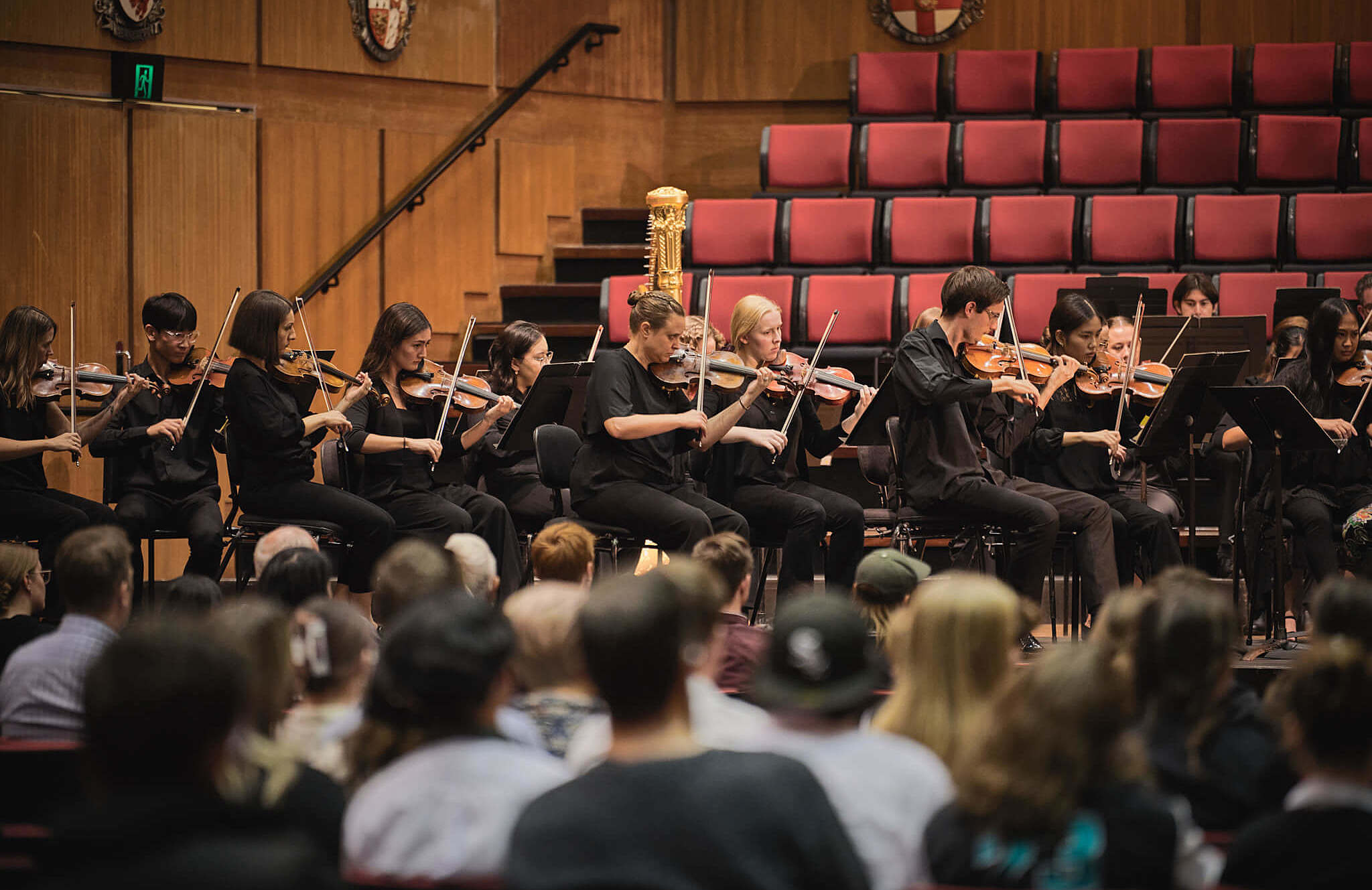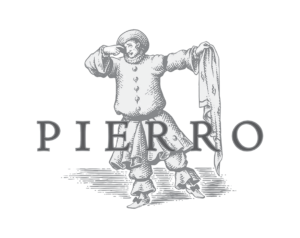Antonín Dvořák
(1841-1904)
Symphony No.7 in D minor, Op.70
Allegro maestoso
Poco adagio
Scherzo (Vivace) – Trio (Poco meno mosso)
Finale (Allegro)
From out of the darkness of a deep tonic pedal, violas and cellos wind their way ominously towards the light, rising to a peremptory three-note tattoo, repeated, each time more insistently, till it ends without hope on a stabbing chord. Thus, in a mere six bars, Dvořák sets the mood at the outset for the most powerful and serious of his nine symphonies.
It cost the composer greater effort than any of the others. In December 1884 he wrote to a friend: ‘Wherever I go I have nothing else in mind but [my new symphony], which must be capable of stirring the world, and God grant that it may!’ On one hand, he wished to impress the Philharmonic Society of London (which had commissioned it on his first visit to England in March 1884 and since elected him to honorary membership). On the other, he frankly sought to create a work which emulated the strength and beauty he had admired in the Third Symphony of his great friend and mentor Brahms on its premiere at the end of 1883. Dvořák keenly sought unqualified commendation from Brahms, for the latter was not only a staunch advocate, but also a stern critic of any carelessness he found in the younger composer’s work. Brahms had told Dvořák he looked forward to the new symphony being ‘quite different’ from its predecessor, No.6 in D.
Dvořák wrestled besides with a spiritual struggle stemming from his failure to win recognition at home as a composer of Czech operas and from his acute artistic need, love of country notwithstanding, to win recognition and success internationally. In the defiant tone of the Seventh Symphony we sense the composer choosing determinedly to strike out on his own.
The grimness of Dvořák’s main first movement theme and its related ideas is moderated by a gentle, conciliatory second theme introduced by flute and clarinet, but the movement ends in brooding resignation.
To the slow movement Dvořák brings a prayer for serenity and consolation, in the course of which the pent-up anguish of all his doubts and uncertainties bursts forth. From the catharsis of anguish comes an elevated calm which lifts the heart and brings the movement to a tender conclusion.
The scherzo has much of the character of a furiant, but, far from being a simple and sunny Czech dance, it soon becomes dour, its rhythms pounding aggressively. The dreamlike central trio evokes a pastoral scene, with trilling birdsong and distant hunting horns. But the return of the scherzo jolts us back to reality. The finale cries poignantly for help. Searching for direction, we gradually find ourselves swept up in the irresistible propulsion of a surging march. As a sense of real confidence develops, cellos and decorative violins introduce a broad, warm-hearted second theme – the first sign of happiness in the symphony and also, as Dvořák biographer Šourek suggests, Dvořák’s first use of a melody with national colouring. All now sweeps forward to a solemnly exultant conclusion in the major mode.
The composer personally conducted the first performance of his Seventh Symphony in St James’s Hall, London on 22 April 1885. (It is actually numbered ‘6’ on the autograph score, presumably because Dvořák didn’t count his first essay in the form, The Bells of Zlonice.) Public and critics gave it a more mixed reaction than its immediately attractive predecessor, which Dvořák had conducted there the previous year. But this did not dampen his habitual self-confidence as he wrote home: ‘The Symphony was immensely successful, and at the next performance will be a still greater success.’ In fact, the turning point with the Seventh Symphony seems to have been a pair of performances which Hans von Bülow conducted in Berlin in 1889, at which the composer was present. So ecstatic was Dvořák that he pasted a portrait of von Bülow on the title page of the score above an inscription: ‘Slava! – Glory be to you! You brought this work to life!’ That admiration was reciprocated. Bülow is known to have expressed the view that ‘the most important composer for me, apart from Brahms, is Dvořák’.
Abridged from a note © Anthony Cane
First performance:
22 April 1885, London, composer conducting.
First WASO performance:
15 April 1950. Rudolf Pekárek, conductor.
Most recent WASO performance:
1 July 2017. Christoph König, conductor.
Instrumentation:
two flutes (second doubling piccolo), two oboes, two clarinets, two bassoons, four horns, two trumpets, three trombones, timpani, strings.
























































